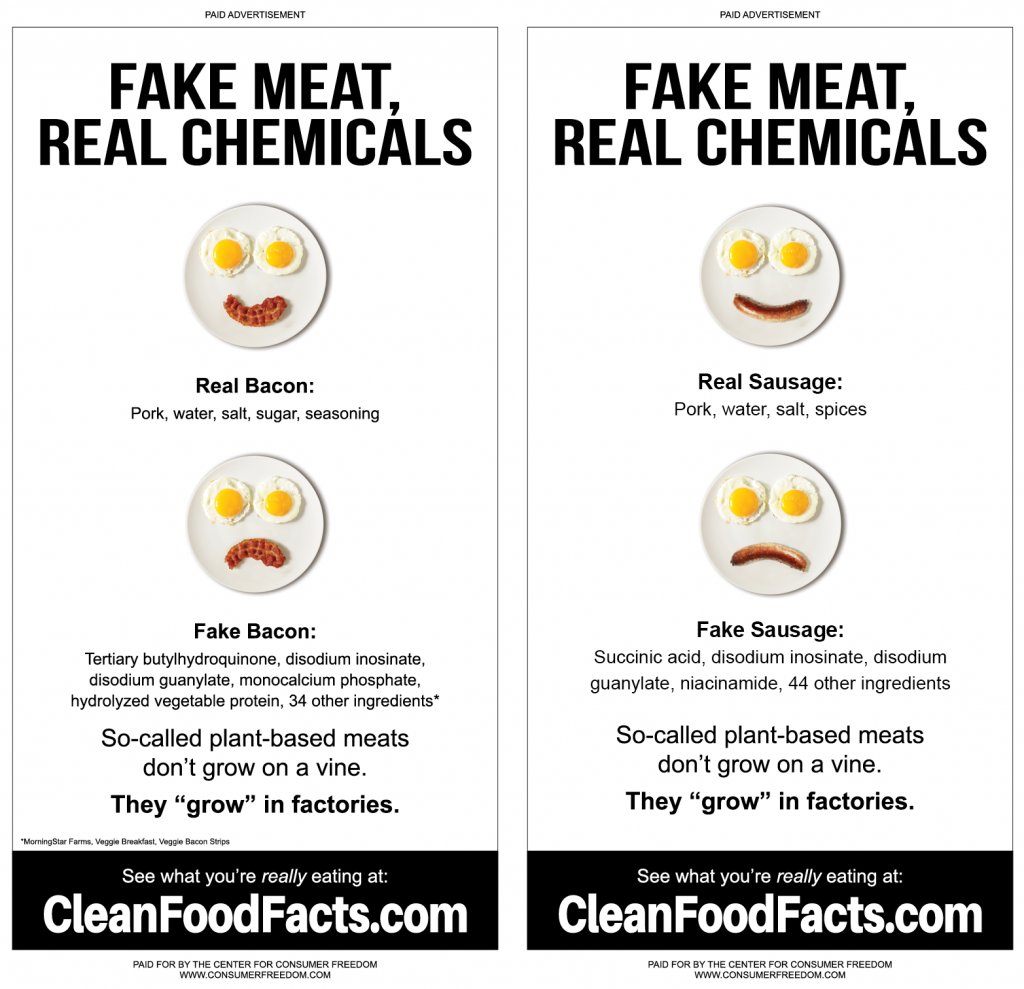At the beginning of 2003, menu labeling legislation was just a pipe dream of dietary scolds like those at the Center for Science in the Public Interest (CSPI). What a difference a year makes. Since February, several states and the District of Columbia have begun to consider legislation — inspired, shepherded, and often written by CSPI — that would force restaurants to plaster nutrition statistics (like fat grams, calories, and sodium) on all of their menus and menu boards.
While no menu labeling law has yet passed, CSPI’s ability to float the idea on the local level has built momentum for national legislation. Congresswoman Rosa DeLauro (D-CT) introduced a CSPI-written labeling bill in the House last week, and Senator Tom Harkin (D-IA) plans to offer companion legislation shortly.
The first state menu labeling bill was introduced in February by Maine representative Sean Faircloth (D-CSPI). Then came New York and Texas, whose legislation would require the warning label “Eating Fatty Foods May Lead to Obesity” next to all menu items that derive more than one-third of their calories from fat. Then a California bill passed that state’s Senate; while it allowed for methods of nutrition labeling other than menus and menu boards, it otherwise used CSPI’s proposed language word-for-word. And we were off to the Capitol Hill races.
To support the current federal legislation, Rep. DeLauro, Sen. Harkin, and CSPI’s Margo Wootan held a joint press conference last week. At the same time, CSPI released a document supposedly debunking the “myths” of nutrition labeling. One of these so-called myths stands out:
Myth: Nutrition labeling at restaurants is a radical idea advocated by the “food police” trying to tell us what we can and can not eat.
Message to CSPI: you are the primary advocates of nutritional labeling at restaurants and you call yourselves the “food police.” Moreover, you regularly tell Americans what they should and should not eat. Your campaign against Olestra comes to mind, as does your contention that Americans should eat Fettuccine Alfredo only once a year.
And let’s not forget that menu labeling legislation is really a pretext for lawsuits against restaurants. Since restaurant portions are impossible to standardize (imagine trying to ensure that each steak is cut to the exact same size and that each order of stir fried vegetables uses the exact same amount of oil), a generous chef could trigger the arrival of unscrupulous and opportunistic lawyers.




